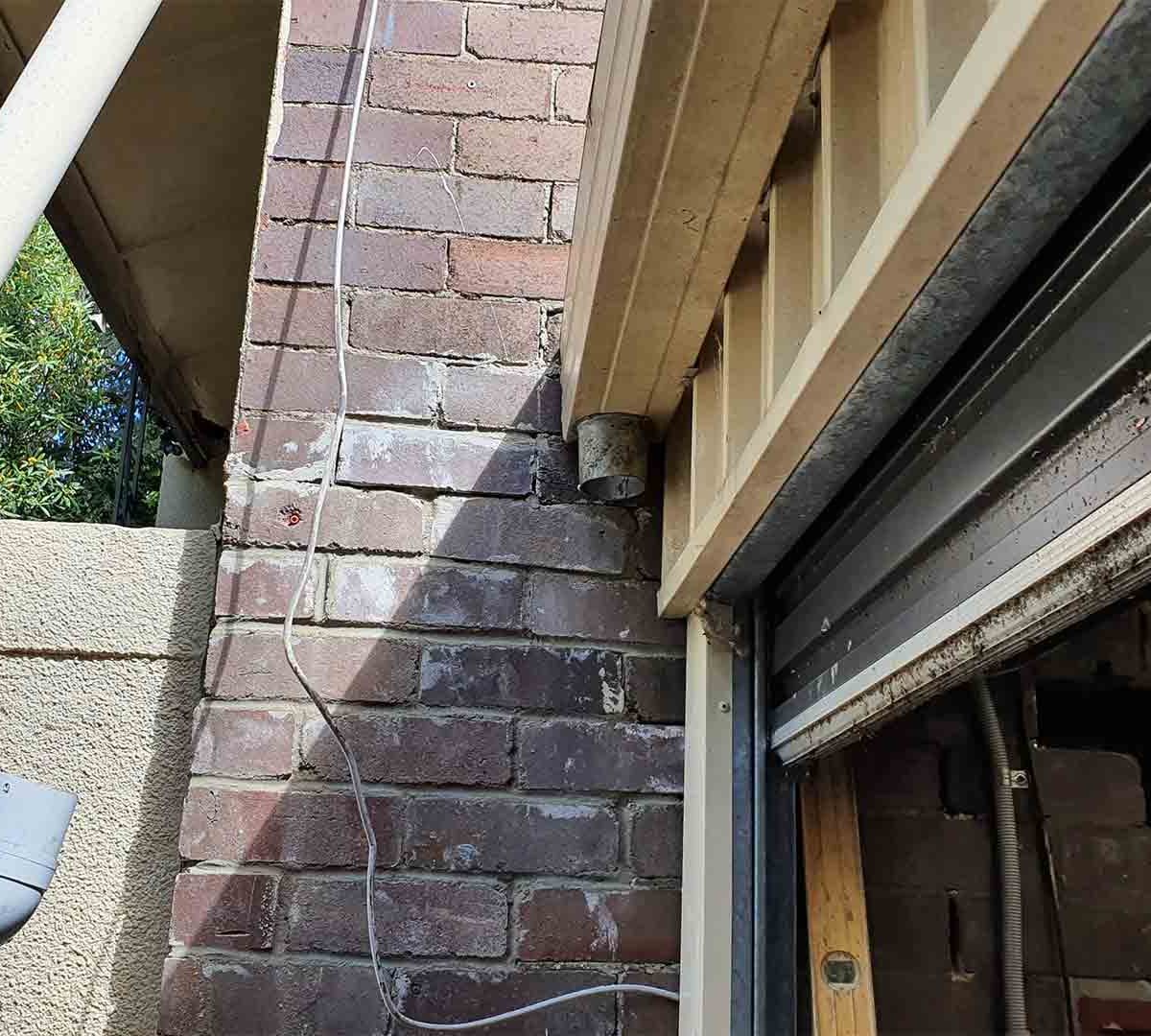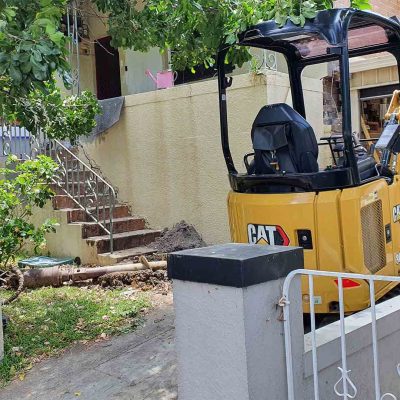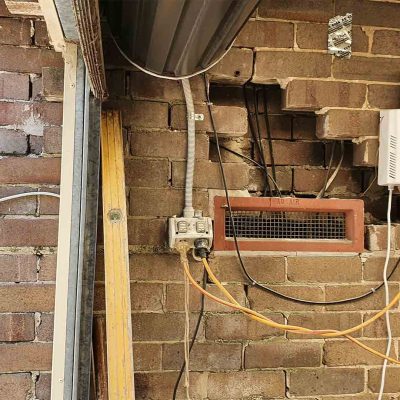Introduction
Retaining walls are essential structures designed to hold back soil and prevent erosion, particularly in sloped or uneven terrains. These walls come in various types, each with unique features and advantages. In this blog, we will provide a comprehensive overview of the most common types of retaining walls, their construction methods, and suitable applications.
- Gravity Retaining Walls
Gravity retaining walls are built to resist the pressure of the retained soil through their own weight. They are typically constructed using heavy materials like concrete blocks, stone, or poured concrete. These walls are excellent choices for moderate height applications, such as residential landscaping and garden terracing. Their self-weight provides stability, and they require minimal reinforcement.
- Cantilever Retaining Walls
Cantilever retaining walls are designed with a reinforced horizontal footing that extends backward into the retained soil. They provide increased stability for taller walls and are commonly constructed using reinforced concrete. The key to their effectiveness lies in their T-shaped cross-section, which uses both the vertical and horizontal sections to counteract the soil pressure. Cantilever walls are often used in road and bridge construction due to their robust design.
- Reinforced Soil Retaining Walls
Reinforced soil retaining walls, also known as geosynthetic reinforced walls, use layers of geosynthetic materials like fabric or grid to enhance stability. These walls are cost-effective and versatile, making them ideal for a wide range of applications. They are commonly used in retaining walls for highways, commercial developments, and landscaping.
- Gabion Retaining Walls
Gabion retaining walls are constructed using wire mesh boxes filled with stones or rocks. These walls are highly versatile, allowing water to pass through and offering a more natural and eco-friendly appearance. They are often used for both functional and decorative purposes, making them popular in residential and commercial landscaping projects.
- Sheet Pile Retaining Walls
Sheet pile retaining walls are mainly used in waterfront environments where vertical sheets made of materials like steel or concrete are driven into the ground to form a barrier. They are designed to resist lateral soil pressure and are suitable for applications like protecting shorelines, quays, and harbor walls.
- Anchored Retaining Walls
Anchored retaining walls incorporate additional support from anchors or tiebacks that extend into the soil behind the wall. These anchors provide added stability, making them suitable for tall or heavily loaded walls. Anchored retaining walls are commonly used in commercial and civil engineering projects.
Conclusion
Retaining walls play a crucial role in various applications, from landscaping to civil engineering. Choosing the right type of retaining wall depends on the specific needs of your project, such as the height of the wall, the soil’s characteristics, and aesthetic preferences. Understanding the different types of retaining walls and their construction methods is essential for ensuring that your retaining wall serves its purpose effectively and adds beauty to your landscape or structural stability to your projects. Whether you’re looking to create an attractive garden terrace, support a road, or protect a waterfront property from erosion, there’s a retaining wall type suitable for your needs.



